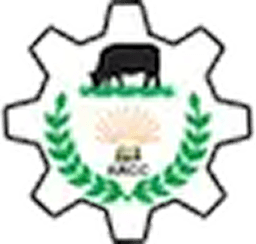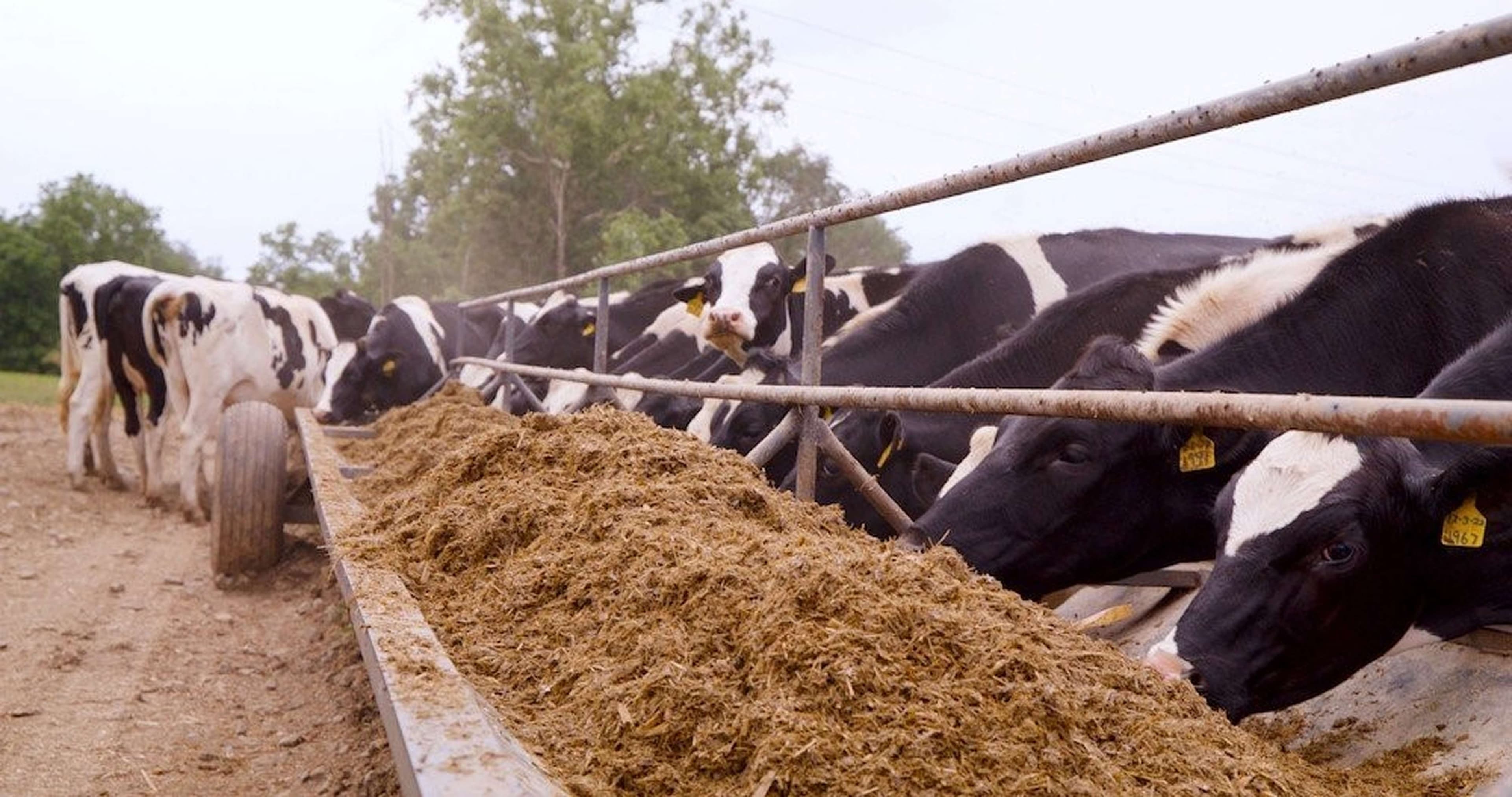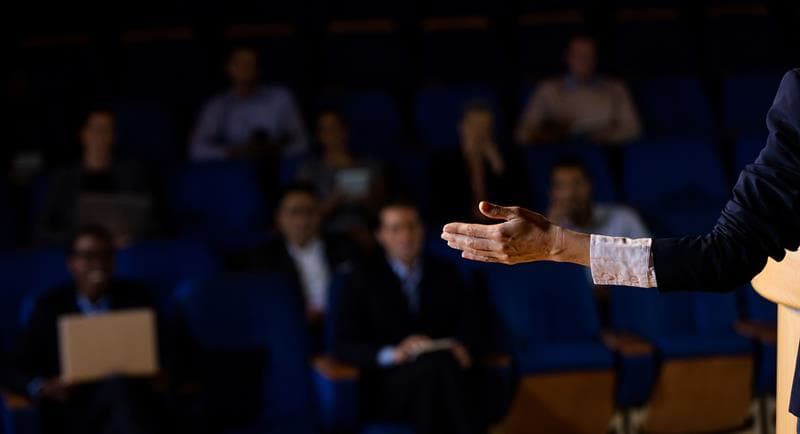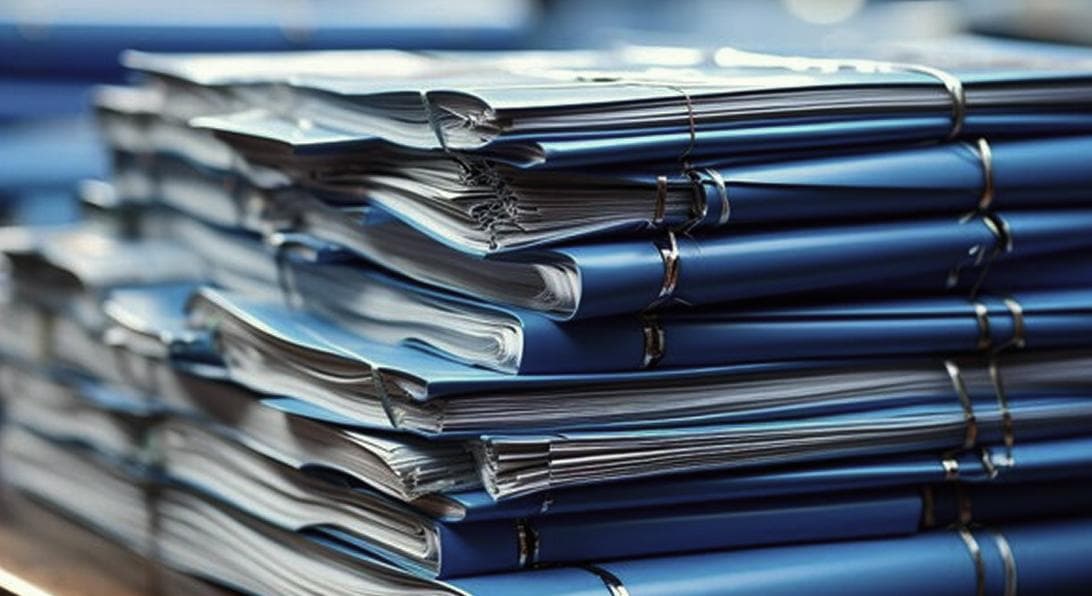
GLOBAL AGROVET
RESEARCH CONFERENCE - 2K25
and Food Science for Sustainable Future."
POWERED BY ARCC JOURNALS

POWERED BY ARCC JOURNALS



29 Apr 2025
How Cow Upcycling Cuts Food Waste and Creates a Sustainable Food System

29 Apr 2025
Dairy farming relies on a bond formed between dairy farmers passionate about the industry and the dairy cows they work alongside, including cows' unique four-chambered stomachs.
The relationship between dairy farmers and dairy cows is more than caretaking. It is a partnership that shapes a more sustainable agricultural future. Dairy farmers rely on the unique abilities of cows to convert feed into high-quality milk to feed our communities, while cows benefit from the care and attention farmers provide to ensure their health and The relationship between dairy farmers and dairy cows is more than caretaking. It is a partnership that shapes a more sustainable agricultural future. Dairy farmers rely on the unique abilities of cows to convert feed into high-quality milk to feed our communities, while cows benefit from the care and attention farmers provide to ensure their health and well-being. This mutually beneficial relationship supports the farm’s sustainability—and that of other industries, too.
Dairy farmers understand the importance of maintaining the health of their herds, which directly impacts the quality and quantity of the products they produce. Proper feeding, attention to genetics, and ensuring comfortable living conditions are all part of raising a healthy, productive cow. In return, cows convert nutrients from feed with unusual ingredients into energy and support overall milk production. Cows’ complex stomachs enables farmers to utilize resources more efficiently, turning what would be waste products for humans into valuable nutrients for livestock and a delicious food for all.
Cows are truly nature’s upcyclers. Due to their four-chambered stomachs, cows have the special ability to process food that humans cannot. This allows them to convert feed into high-quality milk, as well as the chance to reduce resource wastes. This ability to "upcycle" food waste plays a key role in reducing resource waste and making dairy farming an efficient, sustainable practice. This process helps reduce the environmental impact of other industries and makes use of materials that might otherwise go unused.
By turning byproducts from various industries into nutrient-rich milk, cows help minimize waste and support sustainable food production.“Cows are kind of the perfect upcyclers, so I can virtually take anything humans can’t use and turn it into something that we can.”
Dairy farms’ sustainability extends beyond the cows’ diets. Sustainability is an important factor in decisions regarding on-farm practices. For example, crops grown on the farm feed the cows, beginning a cycle where nothing goes to waste. The manure then produced by the cows is spread across the fields where the crops are grown, returning nutrients to the soil and continuing the loop. Even water can be recycled to join this cycle. After being used in various stages of the farming process—whether it’s cooling the plates, being consumed by cows, or cleaning the barns—it eventually ends up in the manure. This water is then returned to the fields as part of a regenerative loop, making it a resource that’s used multiple times in different forms. Everything on the farm is part of a larger system.
Dairy farmers have embraced new technologies and practices to further enhance sustainability. Innovations in animal nutrition, waste management, and energy efficiency are helping farmers reduce their environmental footprint while continuing to provide food for their communities. These practices ensure that dairy farming can evolve in ways that meet the needs of both the planet and a growing population.
At farms like Cowherd Dairy, local businesses collaborate to further enhance sustainability. For example, whiskey byproducts from 4 Roses Distillery in Lawrenceburg, Kentucky, are used to feed dairy cows. “Once we distill our product, we generate what’s called a byproduct, and one of those byproducts is a syrup.“That syrup is then shipped via tanker truck to Caden [Cowherd]’s farm to feed his cattle. It’s like an ice cream to a kid. They love it.” Local businesses working together like this are helping create a sustainable food system.
With these sustainable practices in place, farmers are leading the charge when it comes to environmental consciousness. From reducing waste and recycling resources to utilizing second-hand products and minimizing water use, the dairy industry is constantly striving to improve its sustainability efforts. It’s a testament to how farmers are taking responsibility for the land and caring for their communities.

Become a Delegate
Attend GARCX 2025 as a delegate to gain expert insights, connect with global professionals, and explore cutting-edge solutions in agriculture and animal health.

Become a Speaker
Join global thought leaders at GARCX 2025 to share your research and insights. Present your work on integrated agriculture and animal health before an international audience.

Become a Sponsor
Showcase your brand as a pioneer in One Health innovation. Sponsoring GARCX offers high-visibility branding and strategic exposure to industry leaders and researchers.

Publish with Us
Submit your scientific work to be featured in esteemed ARCC Journals. Gain credibility and reach in the global agricultural and veterinary research community.

Become an Exhibitor
Display your solutions, products, or innovations in agriculture and animal health at the GARCX Expo. Network with stakeholders and boost your industry presence.

